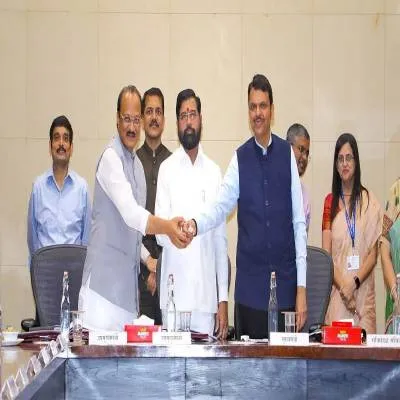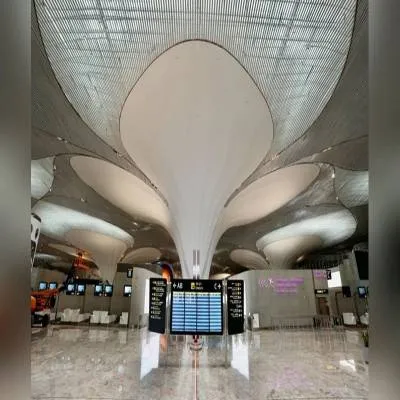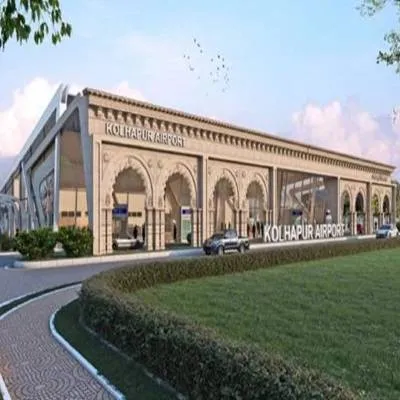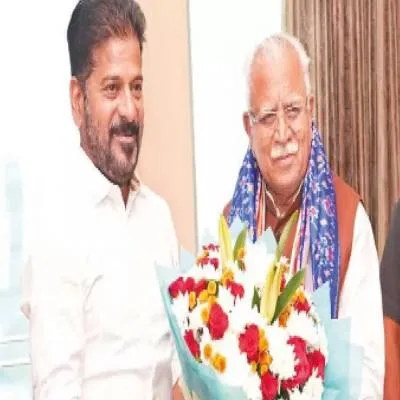Schedule a Call Back
Redevelopments in Mumbai
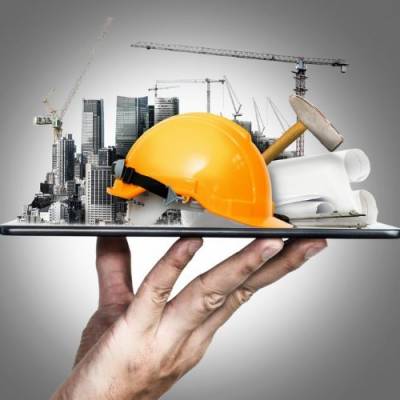
Anuj Puri, Chairman ? ANAROCK Property Consultants
Towards the beginning of the pandemic, redevelopment in Mumbai had switched to the slow lane. Lack of capital and construction manpower and a seriously compromised construction materials pipeline were only one side of the problem. Another dampener was the fact that government offices were functioning erratically at best - and redevelopment in a city like Mumbai required the granting of countless permissions and clearances.
Of late, with all these bottlenecks opening up once more, redevelopment projects in Mumbai may begin picking up pace again. There are no real alternatives - the biggest problem for real estate development in Mumbai is land scarcity. There are very few opportunities for greenfield developments in the more valuable city centre areas. As such, redevelopment projects are often the only option for developers keen to have projects in such areas, where demand exceeds supply.
Different Types of Redevelopment
Not all redevelopment opportunities are created equal. There are basically three kinds of regular redevelopment models - slum redevelopment, cluster redevelopment, and redevelopment of four or five or even one old housing societies. Of these, most developers would prefer the kind involving old societies since the original owners are in manageable numbers, and it is easier to get a consensus.
However, these are not the meatiest redevelopment opportunities in Mumbai. In fact, industrial-to-residential redevelopments are far more lucrative. Here, there are relatively fewer stakeholders involved, the proposition is more or less straightforward, and the redevelopment can yield a sizable number of residential units. Also, many such industrial units are debt-ridden and may therefore be available on distress sale directly from the financiers. In Mumbai, a good example of such industrial-to-residential redevelopment involves defunct mill premises.
Cluster redevelopments, on the other hand, are a lot more complicated because larger numbers of stakeholders whose buy-in needs to be obtained are involved.
The hardest and, in most cases, the least preferred variant is slum redevelopment. SRA projects involve countless numbers of stakeholders and government departments, apart from often vested political interests.
At any given time, redevelopment is a big deal in a metropolitan city hemmed in by the sea on three sides. The acute shortage of available land in the core parts of Mumbai has compelled the city to expand Northwards into adjoining districts of Navi Mumbai, Thane, and Raigad, and the peripheral suburban locations along the central and western rail network.
Obviously, the most lucrative redevelopments happen in the most valuable central areas where land prices are astronomical and profit margins huge. Redevelopments in the suburbs are far less attractive, and they don?t need it as much as the central areas.
In value terms, the division of the units from redevelopments is usually 30-40% towards the original owners, with the remaining 60-70% being available for free sale to the developer. This can vary widely according to the size of the undertaking. Redevelopments attract TDR and FSI benefits; however, the real value for developers is the location.
Currently, large developers involved in Mumbai redevelopment projects include names like S Raheja Realty and Kolte-Patil Developers. Many small and local developers are engaged in society redevelopments.
The Dharavi Redevelopment Project
Talked about for years with no progress on the ground, the Dharavi slum redevelopment project falls in a prime locality between BKC and the Lower Parel. If the state government, town planning authorities and developers ever manage to cut through the massive Gordian Knot that has this project tied up, it will result in a massive supply infusion.
Residential projects there will naturally cater to high-end property buyers. With the applicable FSI there, there will be enough left for luxury housing projects after the rehabilitation of existing hutments. With an FSI of 4 instead of the usual SRA ceiling of 2.5, the Dharavi redevelopment project can indeed be a truly world-class development ? and extremely lucrative for all involved stakeholders.


Subscribe Now
Subscribe to our Newsletter & Stay updated
RECENT POSTS
Popular Tags
Folliow us

